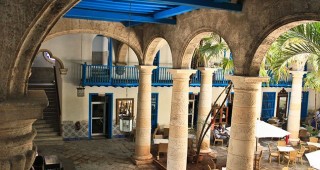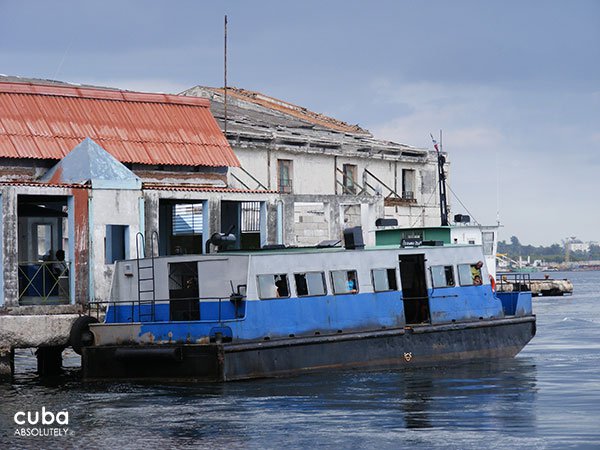This tiny ferry dock takes its name from Calle Luz, a nearby street. Somewhat battered passenger ferries shuttle across the bay to and from Regla and Casablanca, every 10-15 minutes or so.

El Floridita LH  5
5
While the Floridita has its detractors, it is probably worth stopping in for a daiquiri just because it is there. It has certainly been around the block since it first opened its doors over 200 years …
 Traditional BarAdmission: FreeOpen: Open 11am-midnight daily
Traditional BarAdmission: FreeOpen: Open 11am-midnight daily $48 - $83ROOMS: 25Obispo #557, esq. a Monserrat, Habana Vieja
$48 - $83ROOMS: 25Obispo #557, esq. a Monserrat, Habana Vieja 
Habana 1791: The Perfume shop LH  3
3
Habana 1791: The perfume shop Located in an 18th-century mansion at the corner of Mercaderes and Obrapía, this beautiful shop and laboratory sells 12 varieties of scents or colognes. The bottles are m …

Parque Rumiñahui LH  3
3
The main feature of this tiny but lovely tree-shaded park, which occupies the site of a collapsed colonial building, is a sculpture given to Fidel Castro by Ecuadorean artist Oswaldo Guayasamín (1919- …

Casa de la Comedia LH  3
3
Tucked down a cobble-side street around the corner from the Depósito del Automóvil is the “House of Comedy.” Plays were first performed here in 1778. Today, it promotes new Cuban plays. Admission deta …

Zanja Real LH  3
3
Mid-way along the west side of the Basílica Menor y Convento de San Francisco de Asís, Calle Brasil (Teniente Rey) leads south one block to Plaza Vieja. Exposed in the center of the cobbled street are …

Calle Línea LH  3
3
Calle Línea is one of the most important streets in Havana and was the first one in Vedado. This avenue gets its name from the streetcar tracks (in Spanish, líneas) that ran along this street. It was …

Casa Víctor Hugo LH  3
3
This institution is supported by donations from Ediciones Boloña, a publishing house of the City Historian’s Office. Its purpose is to make known the work of the famous French author Victor Hugo, as w …

Maqueta de la Habana Vieja LH  3
3
This captivating and incredibly detailed scale model (1:500) of the old city is a must-see while exploring Habana Vieja, of which it provides a great overall perspective. Measuring 8 meteres long by 6 …

Palacio de la Artesanía (Casa de Don Mateo Pedroso) LH  3
3
Strategically located on Cuba Street between Cuarteles and Peña Pobre, it looks out onto the bay. Noteworthy in this 18-century mansion is the 32 meter-long continuous balcony on its façade, one of th …
 ColonialAdmission: n-aOpen: 10am-7pm dailyCuba #64, e/ Cuarteles y Peña Pobre, Habana Vieja
ColonialAdmission: n-aOpen: 10am-7pm dailyCuba #64, e/ Cuarteles y Peña Pobre, Habana Vieja 
Fábrica de Tabacos de Calixto López LH  3
3
Built in 1886, the Calixto López y Compañía tobacco factory and warehouse takes up the whole block between Zulueta, Economía, Gloria and Misión streets. It has the typical ground floor, mezzanine and …
 Neo-classicalZulueta e/ Gloria y Misión, Habana Vieja
Neo-classicalZulueta e/ Gloria y Misión, Habana Vieja 








